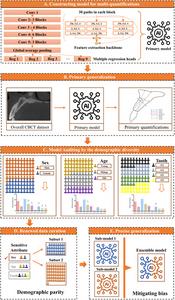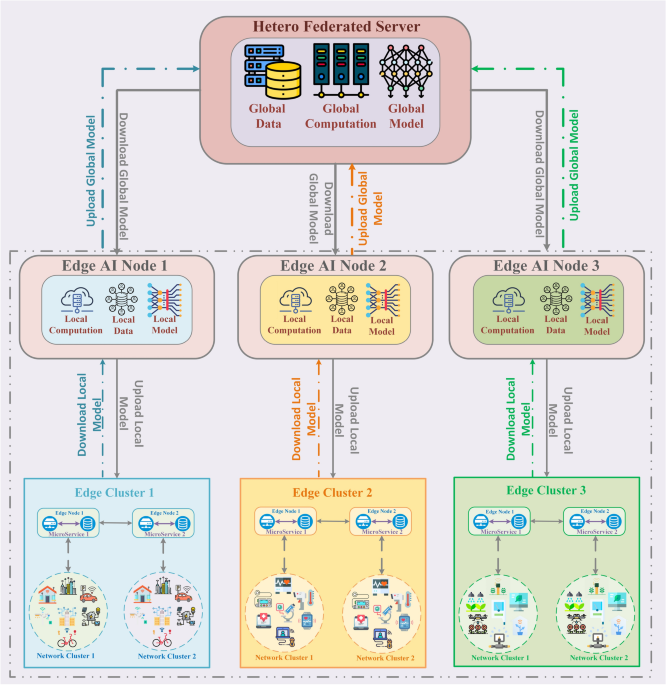Introduction The rapid increase of Internet of Things (IoT) devices and transportable technology in recent years has led to an exponential increase in application data generation1. According to a Cisco report2, around 2.32 zeta bytes of data are produced daily at the network edge of 2023. This enormous volume of edge data has driven the

Multi-quantifying maxillofacial traits via a demographic parity-based AI model – EurekAlert!
A groundbreaking study published in BME Frontiers has unveiled a novel artificial intelligence (AI) model capable of multi-quantifying maxillofacial traits with remarkable precision and demographic parity. The research, titled “Multi-Quantifying Maxillofacial Traits via a Demographic Parity-Based AI Model,” was conducted by a team of experts including Zhuofan Chen,Xinchun Zhang,Zetao Chen, and their colleagues at the Hospital of Stomatology, Guanghua School of Stomatology.
The maxillofacial region encompasses the jaws, face, and associated structures, and its accurate quantification is crucial for various clinical applications, including dental implant placement, orthodontic treatment, and craniofacial surgery. Traditional methods rely on manual measurements, which can be subjective and time-consuming. To address these limitations, the research team developed an AI model that automatically and accurately quantifies maxillofacial traits.
The AI model leverages deep learning techniques, specifically the ResNeXt-101 architecture, to analyze three-dimensional (3D) images of the maxillofacial region. The model is trained on a large dataset of 3D images, enabling it to learn the complex patterns and anatomical variations present in the maxillofacial region. The resulting model is capable of multi-quantifying maxillofacial traits, including length and width indices of the alveolar bone, which are essential for determining the extent of alveolar bone and the degree of primary stability for dental implant placement.
A key innovation of this study is the introduction of the demographic parity-based strategy. The research team recognized that demographic factors, such as sex, age, and tooth status, could introduce bias into the AI model’s predictions. To mitigate this risk, the team conducted a thorough model auditing process to identify and address sensitive demographic attributes. The sensitive attributes were then used to renew the dataset and models, ensuring that the AI model’s predictions are fair and unbiased.
The study’s results demonstrate the AI model’s high correlation and consistency with clinicians’ measurements. The Bland–Altman plots and scatterplots presented in the study show that the AI model’s predictions are highly accurate, with minimal variation from the clinicians’ measurements. This agreement validates the AI model’s reliability and accuracy, positioning it as a valuable tool for maxillofacial trait quantification.
As the field of AI continues to evolve, it is likely that the AI model presented in this study will be refined and improved further. With ongoing research and development, the potential applications of this technology are boundless. From personalized treatment plans to advanced diagnostic tools, the future of stomatology is looking increasingly bright, thanks to the innovative use of artificial intelligence.
This project was supported by the Guangzhou Science and Technology Project (no. 2023B03J1232), National Natural Science Foundation of China (82301036), Special Funds for the Cultivation of Guangdong College Students’Scientific and Technological Innovation (no. pdjh2023b0013) and Undergraduate Training Program for Innovation of Sun Yat-sen University (20240518).
Disclaimer: AAAS and EurekAlert! are not responsible for the accuracy of news releases posted to EurekAlert! by contributing institutions or for the use of any information through the EurekAlert system.



